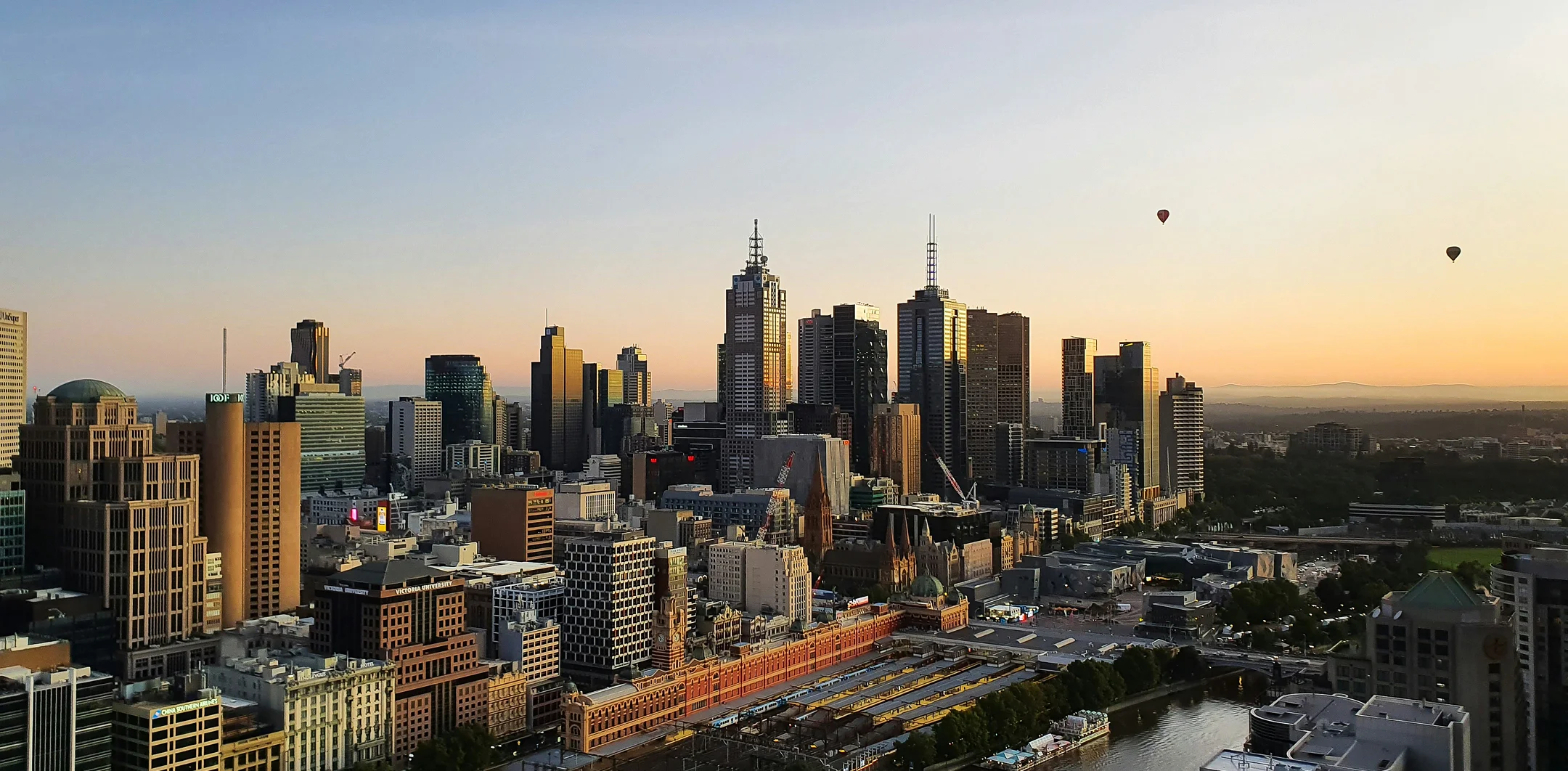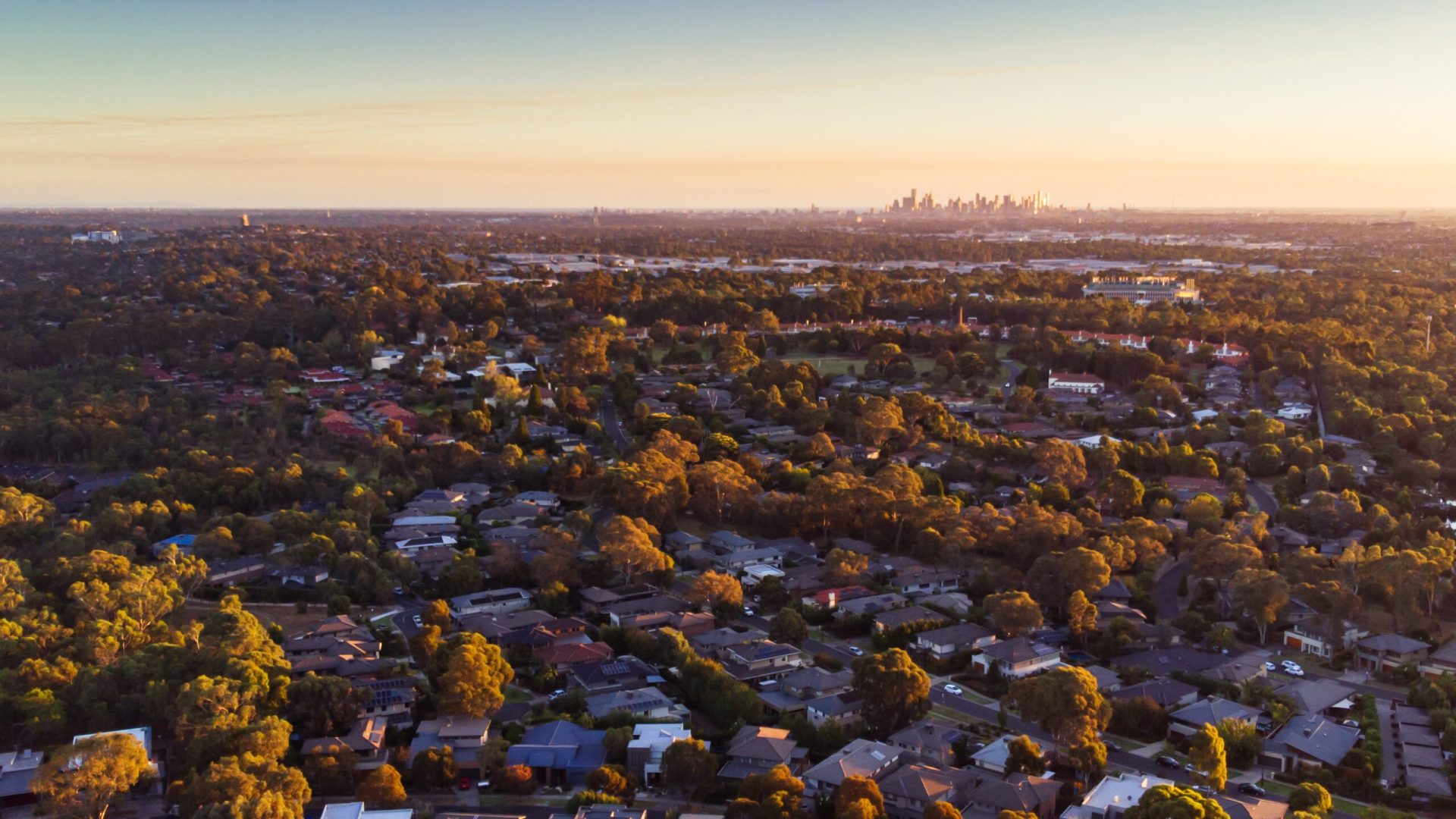Matt Lewison, CEO OpenCorp unpacks the 2023 Federal Budget and what it means for property investors.
Key points are:
- Property prices continue to go up despite 11 interest rate rises, defying predictions.
- There is now such an enormous shortage of housing, there are fears we will not meet demand.
- 1.1 million households will receive an increase in rent assistance.
- Increase in childcare allowances to help offset labour shortage and get jobs moving faster which will take some presssure off inflation.
Overall message is the median house price is starting to go up which becomes reinforcing for sentiment because as the market starts to move more people want to get active in the market and not miss out on the growth. So the message is to act now.
We encourage you to watch Matt’s video as he explains simply what it means for investors.
Video Transcript
Australia’s federal budget was released this week, and in assessing its impact on the housing market, there are a number of areas that we thought would be worthwhile drilling down to, because largely this budget is a bit of window dressing. And we say that because most of the tax gains that the budget has picked up are being banked and the government is trying to not put too much of that back into the economy, but they’re trying to address a cost of living crisis and a housing crisis that’s seeing renters queuing up for houses once again and rent skyrocketing year-on-year. Now, is it likely to be inflationary, is the big question, and is it going to have an impact on the housing market? Well, let’s dive into the housing market.
First of all, 1.1 million households are going to receive additional rent assistance, so low paid workers that are renting are going to get additional assistance. Now, that’s pretty close to between a third and a quarter of renters, but it’s not a lot. It’s about $30 a fortnight that’s going to be going. So $15 a week extra rent assistance maximum to the households most in need. That will help, but mostly that’s probably going to go straight back into landlord’s pockets because rents are rising so quickly, so it’s not going to do a lot to offset that rising rent. There’s also a bit of money going into increasing childcare and trying to get more people back into the workforce after having children, and that’s obviously very important for offsetting our labor shortage and helping to get jobs moving even faster, which will take pressure off inflation.
Now, we’re also seeing money going into aged care workers and some of the lowest paid workers in the economy as well, and that’s going to help them, but when you look at the housing policies themselves, so aside from rental assistance, there’s also changes to the tax regime for build-to-rent. Now, build-to-rent is essentially institutional ownership of apartment building. So a super fund or an offshore investor comes in, they buy land, they build an entire apartment building, retain ownership of that apartment building and rent that out. Now, it’s not going to have a huge impact on the housing crisis right now because it actually takes years to deliver a brand new build-to-rent project. From when the investor buys the land to getting a planning permit can be anywhere between 12 and 24, even up to 36 months. It’s also taking about two to three years to build a large project. So that’s going to have some additional impacts.
And also, some of the terminology that the government’s used in the changes to the tax regime for the managed investment trust is actually counterproductive, because they’re setting rules and regulations around the properties and require the investor that owns the build-to-rent project must sign three year or longer leases, and that might not be commercial for some of the offshore investors that they’re trying to attract into Australia. So unfortunately, as always with the government, they give with one hand and they take with the other, and some of their policies therefore become ineffective.
There’s additional money going into social housing for a fund to help to fund construction of social housing. They’re trying to obviously also promote the housing accord that the government said that they signed up last year. Now, within the industry, it’s quite clear that the housing accord is not likely to produce a lot of extra homes, particularly in the next 24 months. Again, it takes time for that money to find its way into the economy, to find its way to the landowners and developers to deliver social housing, and it takes time for that housing to be constructed. Certainly within the next 24 months, it’s not going to make a dent. Within the next four to five years, there’s still some constraints because of the planning schemes and the planning system that’s obviously causing delays to get projects started.
And the other constraint in the industry is the labor market. The size of the labor market in Australia limits how many homes can be completed. Now, you look over the last 20 years and we see that even when housing starts jump and housing approvals go up, housing completions across Australia actually stay reasonably level. And the reason for that is the labor market is inelastic. If you want to sell more houses, let’s say you wanted to create twice as many houses, you would need to double the size of the workforce in order to double the number of completions, and that just doesn’t happen.
So we see that when housing commencements go up, the time to build increases, but the number of homes completed in any quarter doesn’t actually move substantially. And that’s obviously one of the things that’s leading to this huge housing crisis that we have right now, and the government’s not addressing that at all. If anything, the infrastructure projects and the various other things in spending programs the government has is taking labor out of the construction workforce over the last few years that’s actually exacerbated the problem. So again, government’s not really addressing the root cause there, but as I said at the start, it’s a bit of window dressing.
Now, to the question of whether it’s going to be inflationary. Well, the money’s going to find its way into the economy over the next 12 months incrementally. It doesn’t all go in upfront. So it’s going to be a steady flow of money coming into the economy, and it’s going to low paid workers and low paid renters in particular. Now, that doesn’t mean that mortgage holders are going to have extra money in their pocket, but we suspect that the RBA is going to see this as potentially being inflationary, because the people who are receiving these extra payments are more likely to go and spend them back in the economy, which will obviously then flow through and increase retail sales and a range of other sales and spending that could have an inflationary effect. So, we believe that it’s likely to mean the Reserve Bank keeps interest rates on hold for longer or where they are for longer, or potentially, that there’s an extra interest rate rise ahead for us.
Now, again, it’s not a huge thing to be concerned about, because it’s not going to happen in the next month. It would be very politically challenging for the Reserve Bank to come out and say that they’re putting interest rates up straight after a budget was released, because it obviously then sends a message to the economy. It sends a message to all Australians that the budget was inflationary and that the RBA doesn’t have faith in the government to manage the economy. There’s a lot of pressure going to be put on the Reserve Bank over the next month to leave rates on hold in June. And we certainly think that’s the base case for now. When we look at money markets, we’re also seeing there’s a potential for another interest rate rise being forecast by economists, but that it’s reasonably a flat outlook for the next 12 months, and that’s again in line with our base case.
How is this affecting the housing market? Well, we think it has very little effect on the housing market right now, because the big things that are driving the housing market are the shortage of housing, the very low completions, housing starts that have been dropping for the last year, which will lead to a bigger shortfall in the future, really high immigration that’s obviously increasing demand for houses at a time that we’ve got a shortage, and that’s what’s pushed rents up and it’s obviously also had an impact on increasing prices. And we’ve seen cities like Perth that have got a huge under-supply, achieving a 6% growth over the last 12 months in house prices, while other cities like Sydney and Melbourne took a much bigger, I guess, haircut, seeing reductions of up to 10%.
Now, that’s all turning around and we’re going to see that flow through to market sentiment, which will mean more of the high price trophy homes starting to come onto the market. That’ll drive up the median house price as more of those homes start to transact. And as the median house price starts to go up or continues to go up, again, that becomes reinforcing for sentiment because the market starts to see price is moving. And as the median house price goes up, then it creates a self-fulfilling prophecy as more people want to get active in the market and not miss out on the growth. And the media reinforces that fear of missing out by posting articles about the high pace of transactions or the really high option clearance rates, as we’re already seeing now.
So that’s our budget wrap. I hope that that’s been useful and it’s helped shed some light on what’s going on and what’s likely to happen in the economy following this budget. Thank you.









